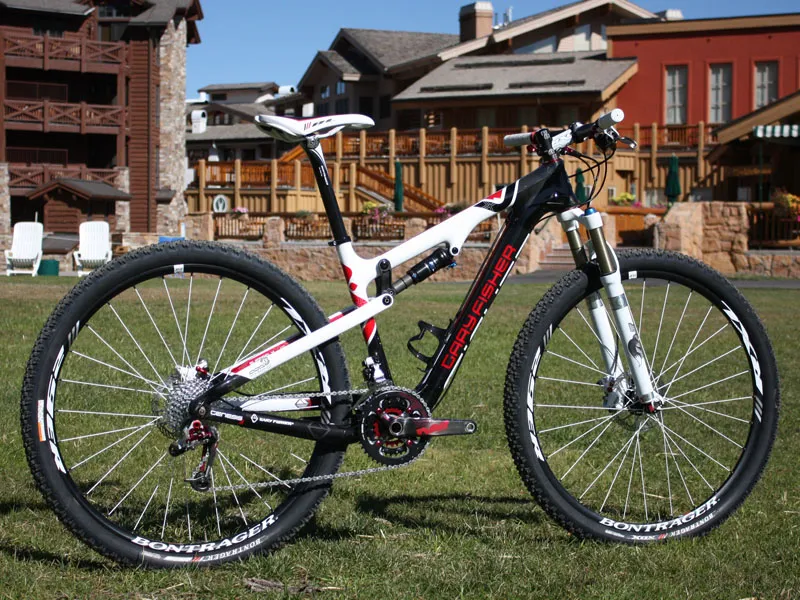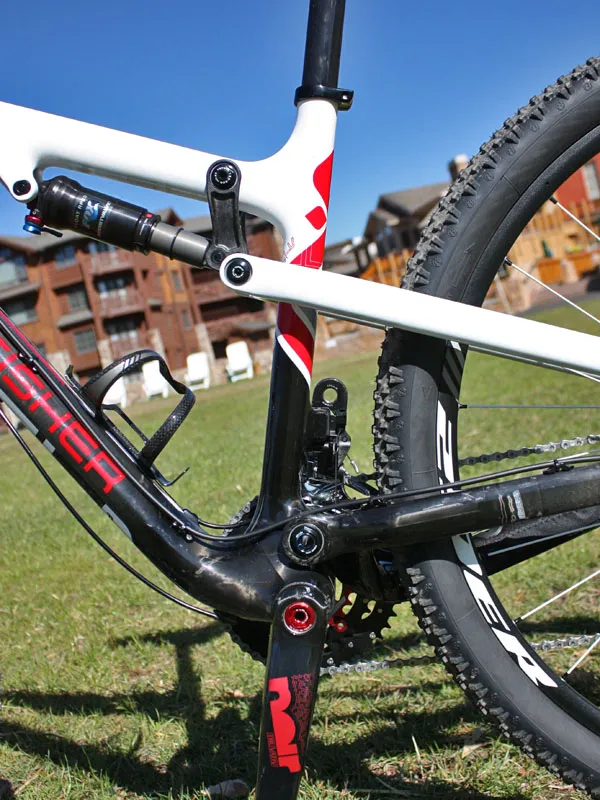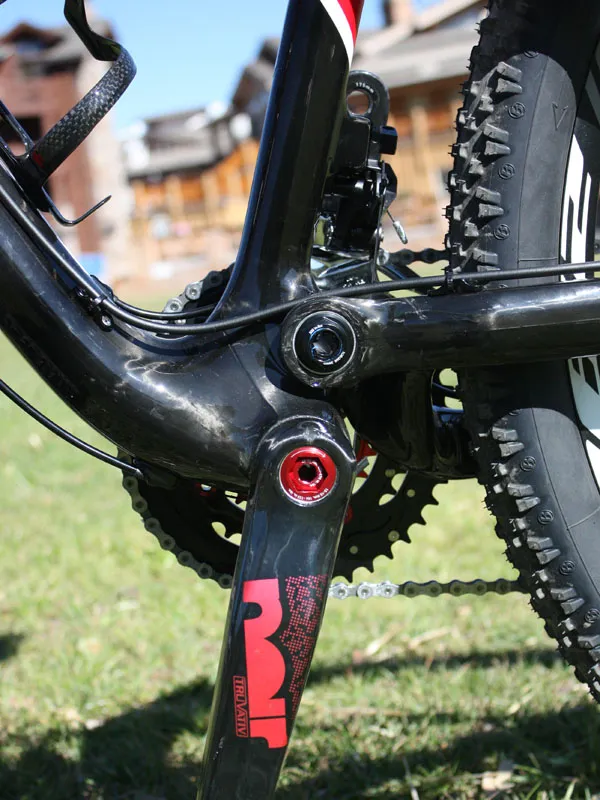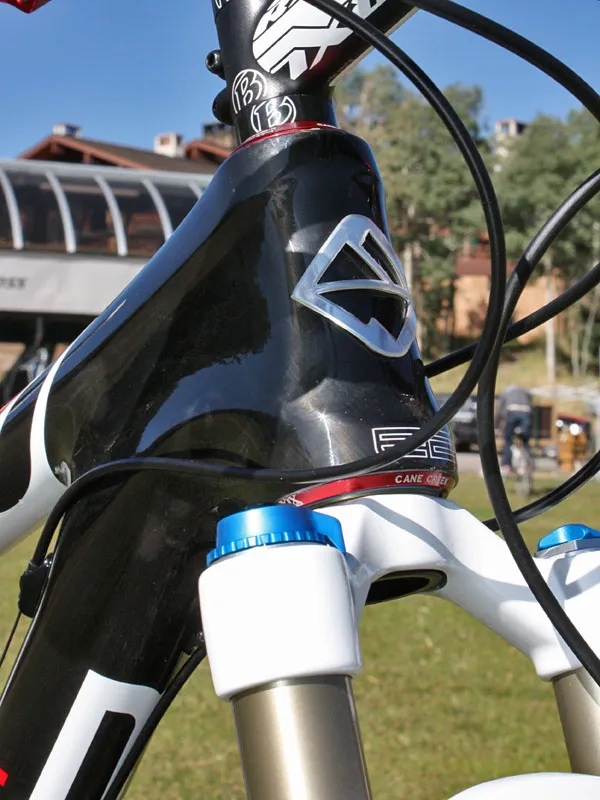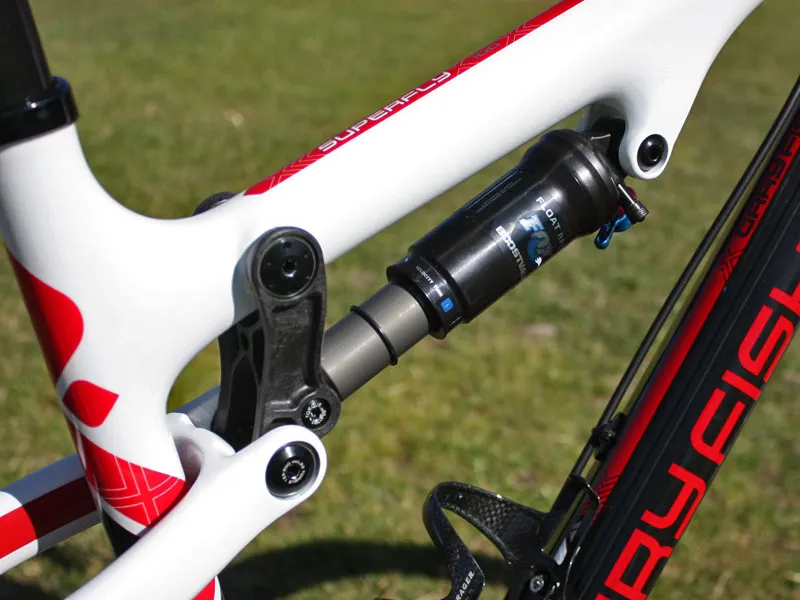Gary Fisher's new carbon Superfly 100 debunks nearly every possible argument put forth against 29in-wheeled dual-suspension race bikes: it's light, it's stiff, it handles brilliantly, and most importantly, it's brutally fast.
Claimed weight on the carbon fibre Superfly 100 frame is just 2.1kg (4.6lb) including the stock Fox Racing Shox RP23 rear shock and all applicable hardware – likely making it not only the lightest fully suspended 29er on the market, but also well in keeping with most 26in-wheeled carbon flagships.
Fitted with an appropriately race-ready build, the bike feels every bit as light on the trail as you'd expect and not unexpectedly, the Superfly 100 is an impressive climber with surprisingly smart acceleration.

In addition, the frame is remarkably stiff overall with accurate tracking even on rough terrain, a solid-feeling bottom end and a rear triangle that faithfully follows the front.
Credit here goes to the tapered E2 front end, the correspondingly enormous down tube, the extra-wide BB95 bottom bracket with drop-in bearings and the stout rear swingarm with healthily proportioned tube cross-sections and well-bolstered Active Braking Pivot rear dropouts.
Thanks to Gary Fisher's novel G2 front end with its increased fork offset and reduced trail, handling is also remarkably 26in-like with a particularly nimble – almost twitchy – feel that soundly negates any preconceived notions that 29ers can't handle twisty terrain.
We had no issues whatsoever on tight uphill (or downhill) switchbacks and in general the Superfly 100 is eager to change direction. Super-short (for a 29er) 451mm chainstays make for comparatively easy manuals and general pivoting about the rear wheel, too.

The Superfly 100's rear suspension is also up to snuff with an appropriately taut cross-country feel: small bumps are nicely muted, there's no mid-stroke wallow and a smooth progression towards bottom-out.
There's excellent pedal response overall, too, with little need to engage the ProPedal if you have a smooth stroke unless you want absolute drivetrain efficiency – we were quite content to run without for most of the day.
Of course, the usual 29er advantages still apply: an overall smoother ride on rough ground, increased cornering stability, superb traction and more confidence on technical descents since the front wheel's higher pivot point makes it harder to go over the bars.
Obvious downsides are few and far between. The low bottom bracket definitely aids the Superfly 100's cornering abilities but it's so low that we hit far more rocks and roots with the pedals and crankarms than usual.
There's also no getting around the fact that the larger wheels are unavoidably heavier than 26in equivalents – by about 12 percent on average according to Gary Fisher – and require more energy to get them going unless you compromise on traction and floatation by going with narrower and lighter rubber.
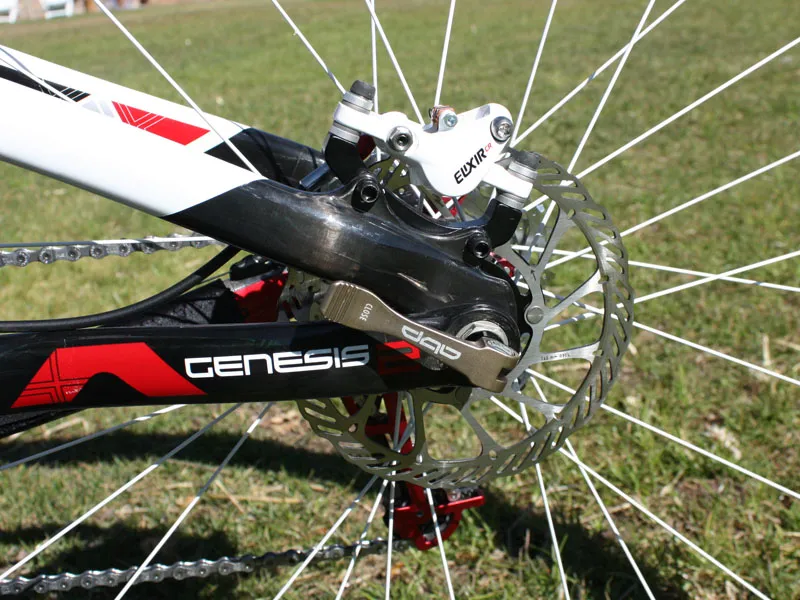
This obviously means a little more mass to lug up the climb and the Superfly 100 likely wouldn't be our first choice for courses that require a lot of accelerations. But time gained elsewhere may still make it a faster bike than a traditional 26in full-suspension rig depending on the terrain.
There were no problems equipment-wise save for the Bontrager rear wheel. We experienced popping sounds coming from a similar hub on our recent Trek Top Fuel tester and the one on our Superfly 100 was notably worse, clicking and groaning in protest nearly every half dozen pedal strokes or so, and not always under heavy power.
Gary Fisher product manager Aaron Mock says the company's wheel engineers are aware of the issue and are looking into it, but it's not particularly confidence-inspiring given the old DT Swiss-built rear hubs' bulletproof reliability.
Still not convinced by 29ers? Check out the race results of the Subaru-Gary Fisher team this year: Jeremy Horgan-Kobelski and Heather Irmiger took home four US national titles on 29in wheels and most recently, Willow Koerber earned a bronze medal at the UCI World Championships on a Superfly hardtail – after only having ridden on 29in wheels for a handful of weeks prior.
Oh, and toss out the notion that only taller riders can ride 29ers: Irmiger is only 1.63m (5ft 4in) tall and Koerber measures 1.55m (5ft 1in), and both are now full-time converts by choice (Irmiger rides a medium!).
Twenty-niner holdouts: your chariot has finally arrived. Check back in a couple of months for a proper long-term review.
Follow BikeRadar's Twitter postings at twitter.com/bikeradar.
